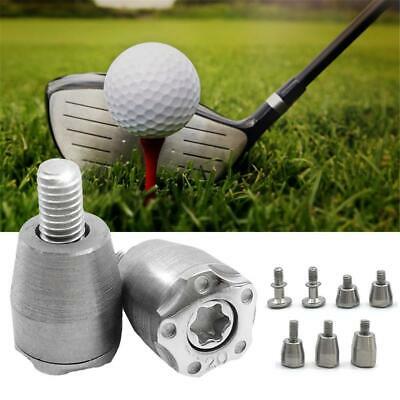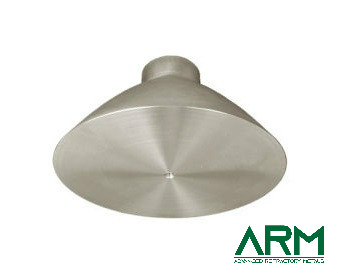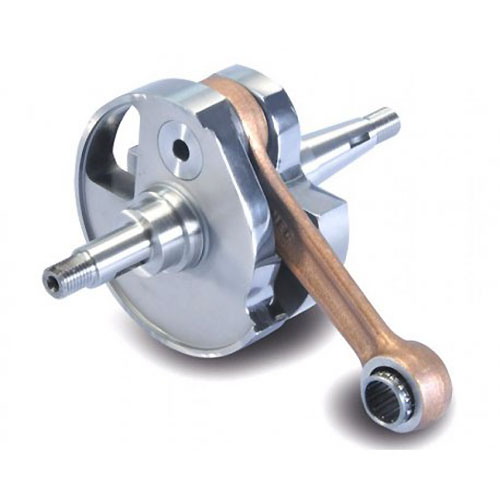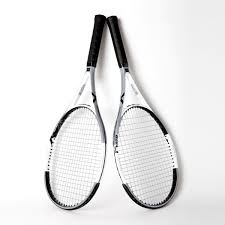Tungsten Alloy Counterweight, the Best Supporting Role in the Industry

Tungsten Alloy Counterweight, the Best Supporting Role in the Industry
Tungsten alloy counterweights (tungsten counterbalances, tungsten balance weights) are made from tungsten heavy alloy. They help to reduce the loads that parts are exposed to and consequently increase their service life, which are crucial components in many different applications.

Tungsten alloy counterweight parts
Development History
Tungsten alloy counterweight has a long history. China entered the heyday of bronze casting in about 1700~ 1000 BC, and the technology reached a very high level. Europe also began to produce counterweights around the eighth century.
For example, Germany, France, and other countries laid a lot of cast iron pipes to supply drinking water to residents in the 15th to 17th centuries. After the industrial revolution in the 18th century, the steam engine, textile machine, railway, and other industries arose and casting entered a new period of service for large industries.
In the 20th century, tungsten alloy counterweight was discovered and applied, one of the important factors is the progress of product technology, which requires the casting to have better mechanical and physical properties and still has good mechanical processing properties.
Applications
1. Automobile Hub
Tungsten alloy counterweights are heavyweights that add weight to maintain balance. The development trend of counterweight products in automobile wheel hubs requires casting to have better comprehensive performance, higher precision, less margin, and smoother surface. To meet these requirements, new heavy tungsten alloys will be developed and new smelting processes and equipment will appear accordingly.
It's not always possible to distribute 100% of the weight evenly when a car tire is mounted on a rim. A balancing machine was used to test the balance of the rim under moving conditions, and tungsten alloy blocks were used to balance the unbalanced points to ensure the smooth running of the tire and avoid jitter. However, the current rim is complicated to install with eight blocks, and the weight adjustment is not convenient.

Balancing counterweight
There is a kind of automobile tire counterweight that is easy to install and easy to adjust. A sub buckle and a connecting rod are arranged on the back of the tungsten alloy counterweights, and a female buckle and a groove are arranged on the rubber magnetic strip.
Tungsten alloy counterweights and rubber magnetic strips are connected by buckle, and the structure is stable, reliable, and easy to disassemble. The rubber magnetic strip can form an adsorption force with the automobile wheel hub magnetically, which can improve the overall stability and make the connection more reliable.
In addition, the rubber magnetic strip is arranged in a cuboid shape, it is soft and can be attached to wheels of various sizes. Tungsten alloy counterweights are durable even in the harsh environment of car wheels.
2. Airplane
The tungsten alloy counterweight is the key link to ensure flight safety. The agency looked at global incidents of insecurity related to loading balancing between 1970 and 2005 and found 82 well-documented incidents related to load balancing over a 35-year period. The worldwide accident rate related to loading balancing continues to rise slowly, while the global flight accident rate has decreased by nearly 50% in the past 35 years.
The improvement of tungsten alloy counterweight in aircraft has greatly improved the safety level of aircraft, which is very important for both civil aviation and military aviation.
3. Tennis Racket
Due to its high tensile strength and hardness, tungsten alloys can be used in confined spaces, such as tennis rackets. Because tungsten alloy is easy to process, it gives the designer a large space to design according to the characteristics of the tennis racket.
By adding tungsten alloy counterweight to the racket, the stability of the racket can be guaranteed and the controllability of the racket can be provided.

Tennis rackets
Tungsten alloy counterweight is non-toxic and environmentally friendly, and it replaces toxic and harmful products. They are harder and denser than steel, and tungsten is 30% ahead of its peers.
At the same time, they are lighter than traditional weights, creating twice the weight of lead and keeping its shape for a long time. These characteristics also give tungsten alloy counterweights an advantage over other materials for making tennis rackets.
4. Golf Club Head
In the past years, the popularity of golf has gradually increased the demand for golf clubs and other related products among sports enthusiasts. The improvement of the manufacturing technology of tungsten alloy counterweight for golf clubs plays an indispensable role in improving the overall performance of golf clubs.
Generally speaking, a set of golf clubs contains several clubs for different purposes, and each club has a club head made of various alloy materials.

Golf counterweight screw
At present, the manufacturing process of the golf ball head and bar tungsten alloy weight is mainly divided into the lost wax precision casting process, forging process, and powder metallurgy process. On the whole, the cost of precision tripping casting is relatively low, but the bar head members still need to be processed with more functional and appearance modifications after casting.
The forging process has many advantages, such as good ball control, large sweet area, long distance, adjustable center of gravity, increased torsion inertia, and high accuracy and stability.
Powder metallurgy treatment technology is used to make golf ball heads and tungsten alloy counterweights. However, due to the large powder particles (about 50~100 microns), it is difficult to obtain the dimensional tolerance (±0.7%) and density (< 92%) of the sintered products.
For example, the current industrial stainless steel alloy materials have the appropriate strength and high tensile properties, but cannot fully meet all the requirements of the various components of the iron head.
In particular, for the two-piece iron head structure, which is composed of the body of the rod head and the matching weight block, the matching weight block must be made of tungsten heavy alloy.
Advanced Refractory Metals (ARM) supplies people with high-quality refractory metals all over the world. Please visit https://www.refractorymetal.org for more information.
{{item.content}}
LEVE A REPLY
{{item.children[0].content}}
{{item.content}}






